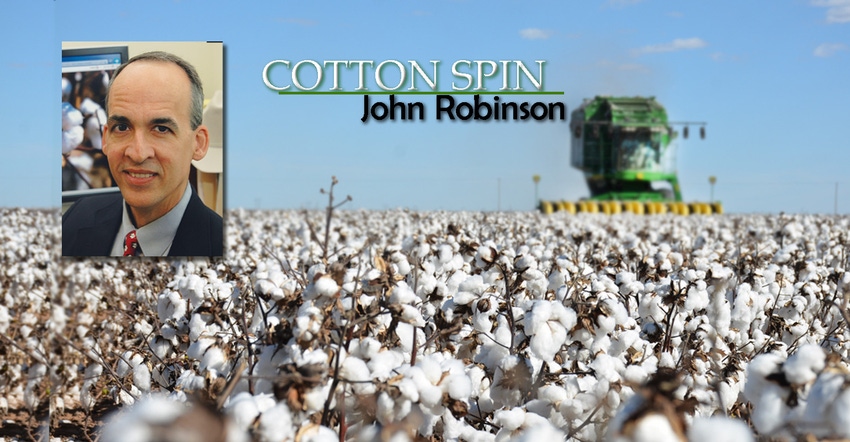
The U.S. cotton industry is the beneficiary of a number of industry and government-sponsored efforts to inform market participants about likely supply and demand outcomes. The government-sponsored data publication is from three USDA agencies: 1) National Agricultural Statistics Service (NASS), 2) Farm Services Agency (FSA), and 3) Agricultural Marketing Service (AMS).
The cotton market has already seen a major seasonal milestone in the form of NASS’s Prospective Plantings report in late March. That report forecasted 10.67 million planted acres of U.S. all cotton. Plantings are obviously important to the question of how many bales of U.S. cotton will be produced in 2024. The next planting-related survey is NASS’s Planted Acreage report on June 30. After that, the FSA will periodically publish certified acreage data which will be used to adjust the planted acreage forecast.
Beginning in May, the USDA begins publishing an updated monthly balance sheet summarizing their forecast of cotton supply, demand, and ending stocks variables. During the spring and early summer, USDA typically forecasts production by combining the acreage report data with assumptions about yield and abandonment, based on historical averages and current crop condition. NASS collects and publishes weekly cotton condition ratings.
In the old days, USDA would then switch from using historical average yields to actual field sampling of squares and bolls, beginning in late summer. This effort was known as the “objective yield survey.” Unfortunately, as of this writing, it appears that NASS is discontinuing the cotton objective yield survey. We will have to see if the loss of this data flow contributes to more uncertainty in forecasting U.S. cotton production. If it does, it could lead to more volatility in the futures market.
After the harvest begins, the U.S. production forecast will be based more on bales ginned, based on a NASS survey of gins, as well as AMS’s actual count of physical bales classed. It generally takes many months for NASS’s production forecast to be reconciled with ginnings and classings data.
This description may sound like just a bunch of government activity, and it is. But it helps level the playing field across the different segments of the U.S. cotton industry. The cotton market, like any agricultural commodity, only operates efficiently to the extent that all its participants have good information about the supply and demand outcome.
For additional thoughts on these and other cotton marketing topics, please visit my weekly on-line newsletter at http://agrilife.org/cottonmarketing/.
Read more about:
NASSAbout the Author(s)
You May Also Like




